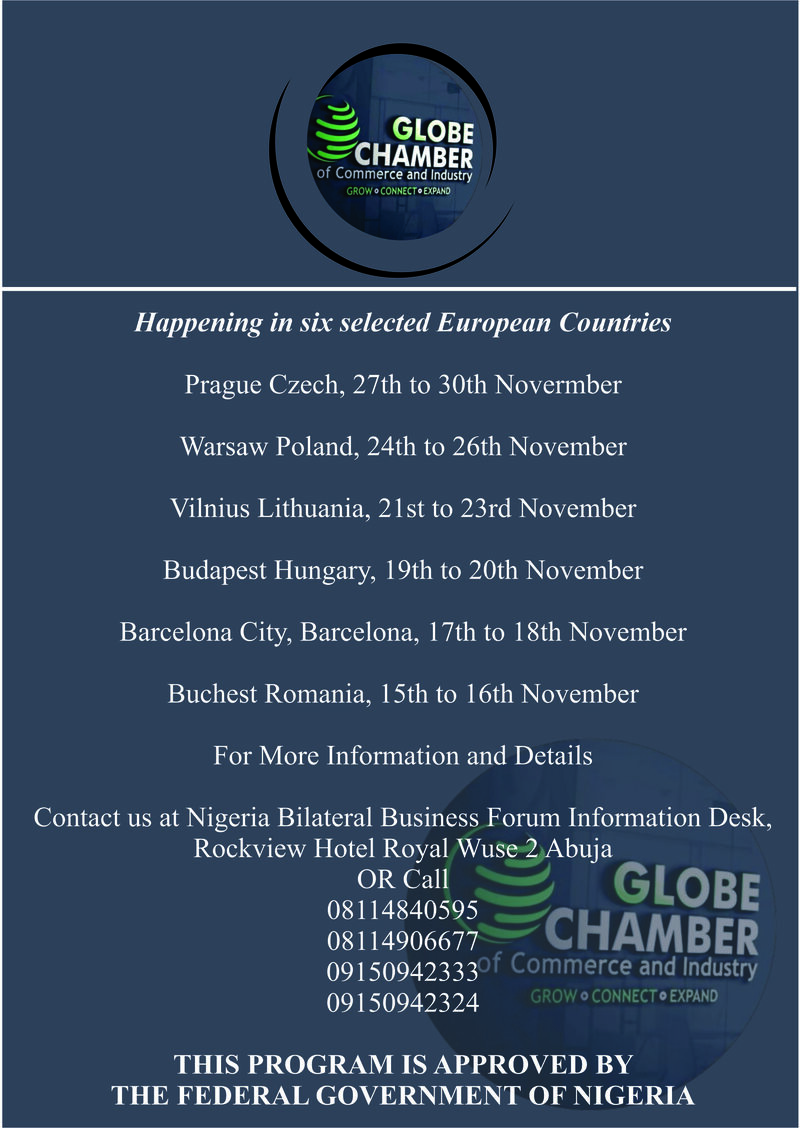Larger populations, scarcities of sanitary water, concerns over the effects of soft drinks on human health, and increased affluence are all driving up bottled water demand globally....
On the supply side, better technologies for filtration and bottling are helping companies churn out billions of gallons to a thirsty world.






No comments: